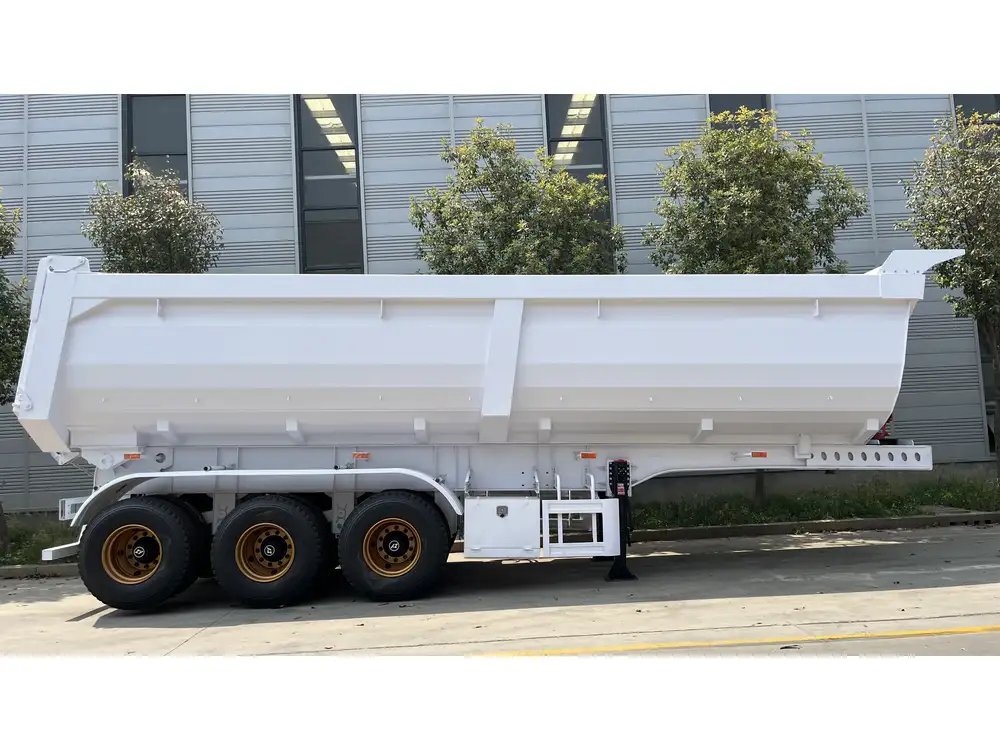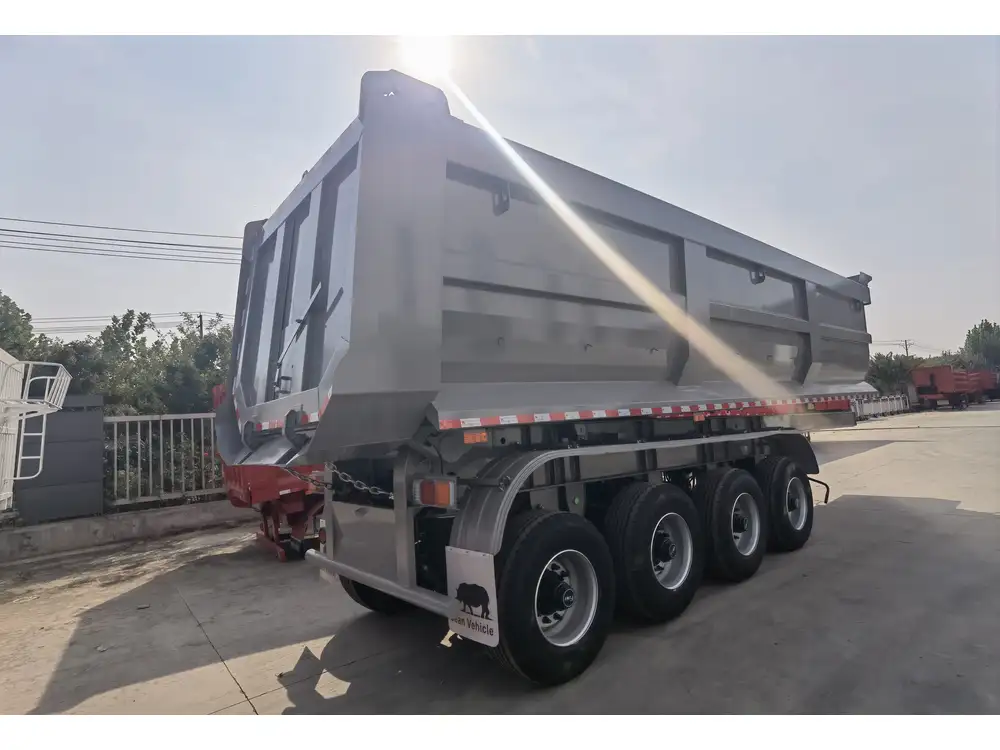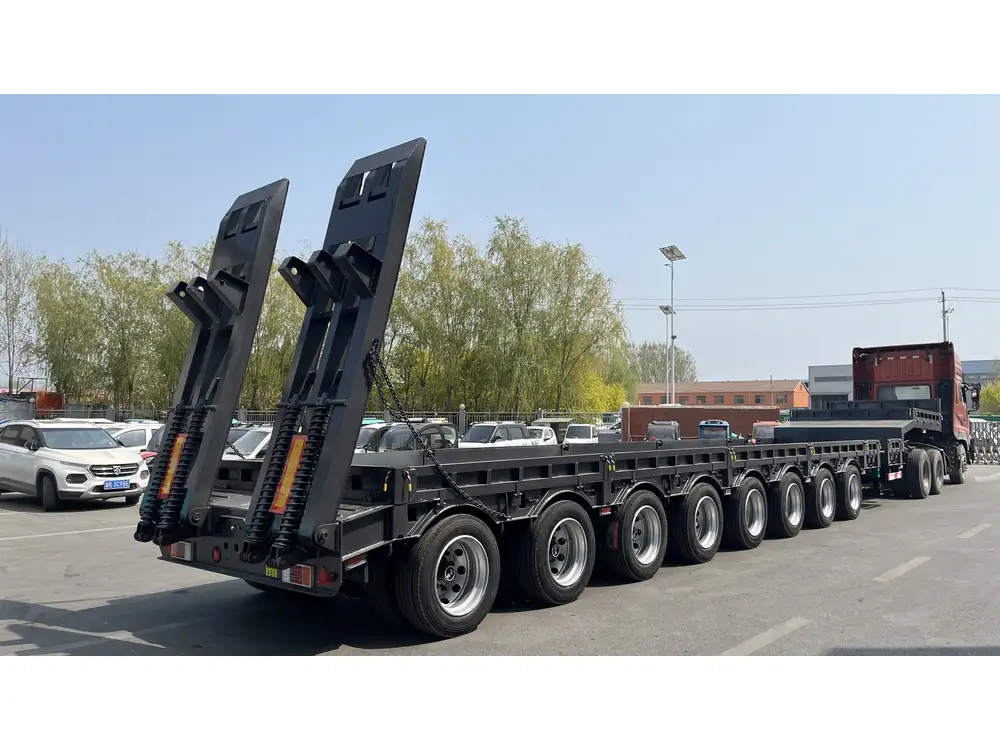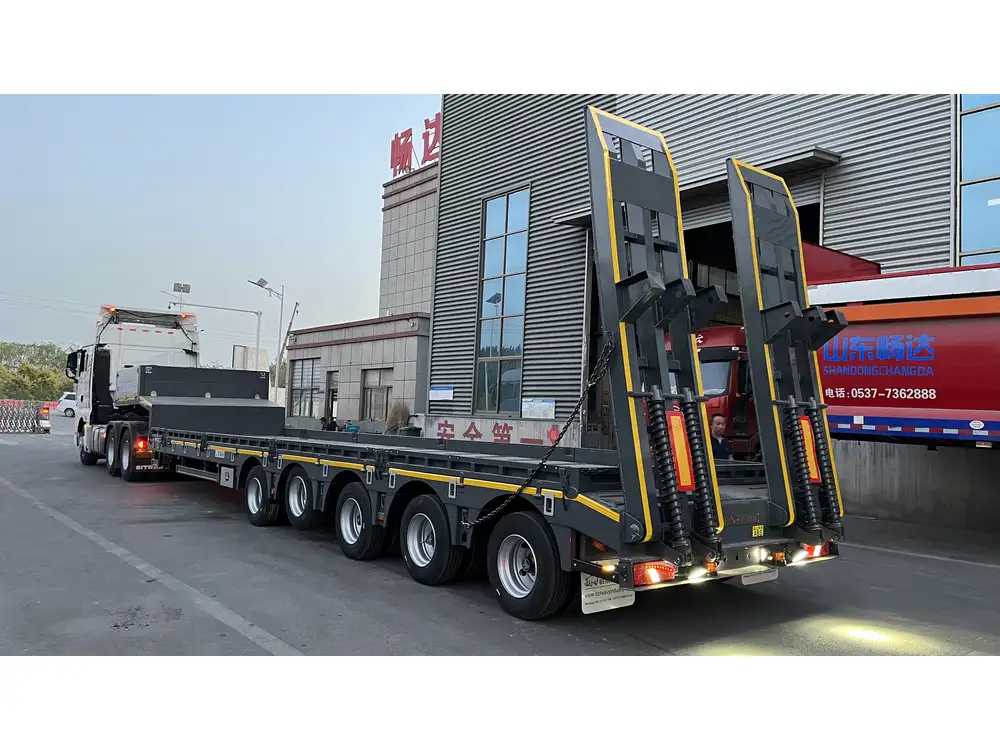When navigating the world of logistics, freight transportation, and heavy-duty vehicles, specific terminology is crucial. One of the most intriguing questions that arise is: What do you call a semi truck without a trailer? This classification of vehicles is essential for businesses, transport enthusiasts, and regulatory purposes. In this article, we will delve into this terminology, explore related concepts, and provide insights to enhance your understanding and operational efficiency.
The Basics of Semi Truck Terminology
To better grasp what constitutes a semi truck without a trailer, it’s critical to understand the basic definitions:
Semi Truck: This is the engine and cab portion used for hauling freight, which requires a trailer to transport goods. It typically comprises a large powered vehicle designed for long-distance travel and heavy loads.
Trailer: This is the separate unit attached to the semi truck that carries the cargo. Trailers can vary significantly in size and design, accommodating different types of freight.
So, when we talk about a semi truck without a trailer, we are essentially referring to the tractor unit or bobtail. Understanding these terms provides a foundational knowledge that is vital for anyone involved in transportation logistics.
The Bobtail Configuration
The term commonly used to refer to a semi truck without a trailer is bobtail. This state represents a condition where the truck is operating independently, without the trailer attached. Here are some notable features and characteristics associated with bobtail trucks:
| Feature | Description |
|---|---|
| Engine Power | Designed to handle heavy loads even when trailer-less. |
| Length | Shorter than the conventional combination vehicle. |
| Maneuverability | More agile in urban spaces due to lack of a trailer. |
| Use Case | Often used for local deliveries, service vehicles, or repositioning trailers. |

Why Understanding Bobtails is Important
Operational Efficiency: Knowing when and how to operate a bobtail can help transport companies enhance their logistical strategies. This can be especially useful when space and maneuverability are essential.
Regulatory Compliance: Different road regulations may apply to bobtails compared to fully loaded semi trucks. Drivers and companies must ensure compliance to avoid fines and maintain safety.
Maintenance Management: A bobtail can impact wear and tear on the vehicle differently than a fully loaded truck. Understanding the dynamics involved helps in scheduling maintenance more effectively.
Common Misconceptions Related to Bobtails
Many misconceptions exist about semi trucks and their configurations that often confuse those outside the industry. Here are some common myths debunked:
Myth 1: Bobtails are less powerful.
Reality: While a bobtail is not hauling freight, it is powered to handle road demands, including navigating inclines or heavy traffic.Myth 2: Bobtails are not used for deliveries.
Reality: There are many applications for bobtails, including local deliveries and servicing trailer units.Myth 3: Trucks without trailers are inherently unsafe.
Reality: Bobtails can be just as safe, provided that drivers adhere to road regulations and conduct regular checks on their vehicles.
The Different Types of Semi Trucks
To provide a comprehensive landscape of semi trucks, it is helpful to categorize them based on their configurations and horsepower capabilities. Here’s a breakdown:

1. Conventional Trucks
These are the most common types, characterized by their distinct engine layout placed over the front axle. They are capable of handling a wide range of trailer types and are often chosen for long-haul operations.
2. Day Cab Trucks
Day cabs lack sleeping compartments and are optimized for local or regional hauling. They provide better maneuverability but are typically less comfortable for long-distance travel compared to conventional trucks.
3. Sleeper Trucks
Equipped with sleeping quarters and amenities, these vehicles are designed for long hauls. The added comfort allows drivers to rest during extended trips, which is essential in an industry where time and distance matter.
| Type | Description | Ideal Use |
|---|---|---|
| Conventional | Engine over front axle | Long-haul logistics |
| Day Cab | No sleeping pod | Local deliveries |
| Sleeper | Residential amenities | Long-distance operations |

4. Flatbed Trucks
These trucks have no enclosing sides or roof, facilitating the transportation of oversized or heavy freight that doesn’t fit standard dimensions. Flatbeds rely on tarping and strapping for load security.
The Importance of Bobtail Trucks in Logistics
The presence of bobtails in the logistics chain isn’t merely incidental—they serve vital roles in improving operational efficacy. Here are some applications of bobtails across logistics:
1. Repositioning Trailers
Often, bobtails are utilized to reposition trailers that might be parked away from dispatching sites. This maneuverability allows businesses to optimize their fleet’s configuration based on immediate delivery requirements.

2. Local Deliveries
Companies often deploy bobtails for final-mile delivery. These vehicles can navigate tight spaces and urban environments with minimal hassle, delivering goods efficiently to their destinations.
3. Service Operations
Service providers frequently use bobtails to transport technicians and equipment to job sites. This functionality is crucial in industries such as construction, HVAC, and plumbing.
4. Stock Moves
Bobtails can also facilitate stock moves between facilities. Companies with multiple warehouses can leverage these trucks to enhance inventory management.

Bobtail vs. Other Truck Configurations
To provide a more nuanced understanding, let’s compare bobtails against other trucking configurations:
| Aspect | Bobtail | Conventional Truck | Flatbed Truck |
|---|---|---|---|
| Design | Engine and cab only | Cab with trailer | Open bed |
| Cargo Capacity | Limited | High | Variable |
| Maneuverability | High | Moderate | Moderate |
| Best Use | Local delivery, service | Long-haul logistics | Oversized cargo |
Safety Considerations While Driving Bobtails
Driving a bobtail requires distinct safety measures compared to standard semi-truck operations. Here are key driving tips that should be considered:
Avoid Over-Acceleration: The absence of a trailer means less weight, leading to higher speeds if acceleration is not controlled. Keep speeds moderate.
Be Mindful of Turns: Bobtails may have a greater turn radius than one might expect; understanding the vehicle’s geometry is important for safe navigation.
Regular Maintenance Checks: Without the weight distribution provided by a trailer, regular checks of brakes and tires are essential to ensure top performance and safety.
Sightlines and Backing Up: While intricate backing maneuvers may be easier without a trailer, drivers should still maintain vigilance regarding obstacles and blind spots.
Load Distribution Awareness: Although not pulling a load, understanding how distribution inside the truck can affect handling is crucial.
Conclusion
Understanding the dynamics of a semi truck without a trailer, or a bobtail, is integral for anyone involved in the freight and logistics industry. The terminology, types of trucks, operational advantages, safety precautions, and industry applications of bobtail trucks play a critical role in determining how effectively your transport operations can function.
As this article has illuminated, the bobtail serves a crucial niche in transport logistics, proving that even without a trailer, these robust vehicles can carry their weight—figuratively speaking—within the logistics landscape. Whether you are a seasoned professional or a newcomer in the trucking industry, grasping these concepts can significantly enhance your operational competence and safety awareness.



